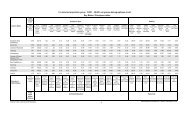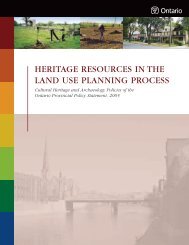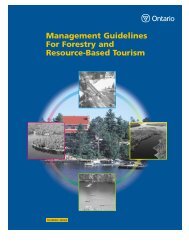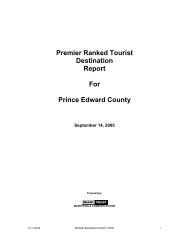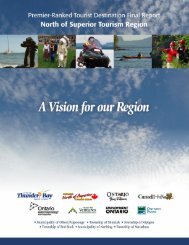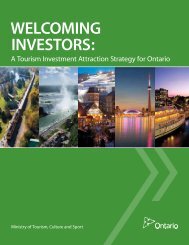Factors Influencing Visitor's Choices of Urban Destinations in North ...
Factors Influencing Visitor's Choices of Urban Destinations in North ...
Factors Influencing Visitor's Choices of Urban Destinations in North ...
You also want an ePaper? Increase the reach of your titles
YUMPU automatically turns print PDFs into web optimized ePapers that Google loves.
Results: Lim and McAleer found that the Holt-W<strong>in</strong>ters additive and multiplicativeseasonal models outperform the s<strong>in</strong>gle, double, and the Holt-W<strong>in</strong>ters non-seasonalexponential smooth<strong>in</strong>g models. This f<strong>in</strong>d<strong>in</strong>g suggests that forecasters should beconcerned with seasonality <strong>of</strong> tourism demand data <strong>in</strong> Australia.Another f<strong>in</strong>d<strong>in</strong>g <strong>of</strong> this paper is that forecast<strong>in</strong>g the first difference <strong>of</strong> tourist arrivalsperforms worse than forecast<strong>in</strong>g its levels. This result means that forecasters should notadjust for the presence <strong>of</strong> unit root <strong>in</strong> the tourist arrival data.“SFTIS 30 : A Decision Support System for Tourism Demand Analysis andForecast<strong>in</strong>g”Petropoulos et al. (2003) believe that it is important to separate the decision byconsumers to travel <strong>in</strong> two separate stages. In the first stage, consumers decide whetherthey are go<strong>in</strong>g to travel or stay at home. In the second stage, those who have decided totravel choose a dest<strong>in</strong>ation <strong>of</strong> <strong>in</strong>terest. At each stage, different factors <strong>in</strong>fluence theconsumers’ decision to travel. This approach allowed Petropoulos et al. to <strong>in</strong>clude avariety <strong>of</strong> explanatory variables <strong>in</strong> the total system, a desirable attribute given thenumerous factors that affect the travel decision, but limit the number that appear <strong>in</strong> anyone equation <strong>in</strong> order to control statistical problems such as multicoll<strong>in</strong>earity andheteroscedasticity.Relevance to Our ResearchUnlike the theoretical work quoted earlier, much <strong>of</strong> the empirical work noted <strong>in</strong> thissection focuses on the determ<strong>in</strong>ation <strong>of</strong> tourism demand for a specific dest<strong>in</strong>ation, ratherthan an exam<strong>in</strong>ation <strong>of</strong> why tourists select one dest<strong>in</strong>ation over others, the goal <strong>of</strong> thisproject. Consequently, the empirical research Global Insight reviewed seems <strong>of</strong> verylimited <strong>in</strong>terest to this project. Lulendran and Witt’s look at the usefulness <strong>of</strong> errorcorrection models does emphasize the need to consider newly developed econometrictechniques <strong>in</strong> modell<strong>in</strong>g tourist behaviour. Papatheodorou criticises many <strong>of</strong> the demandstudies for fail<strong>in</strong>g to take <strong>in</strong>to account the degree to which the tourist travel market differsfrom the simple competitive situation; but his article is theoretic, and he does not <strong>of</strong>fer hisown version <strong>of</strong> a model approach. A number <strong>of</strong> authors suggest that various time-seriesapproaches can be superior to a structural (econometric) demand model.30 Innovative decision support system used to forecast tourism demand for Greece.57



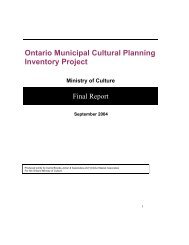
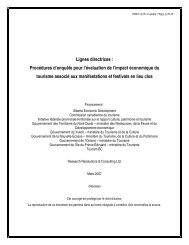
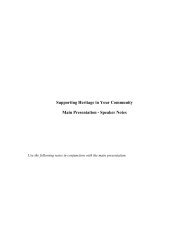
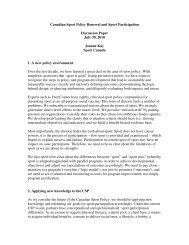
![THIS AGREEMENT made this [date], between [name of owner] (the ...](https://img.yumpu.com/49827605/1/158x260/this-agreement-made-this-date-between-name-of-owner-the-.jpg?quality=85)

